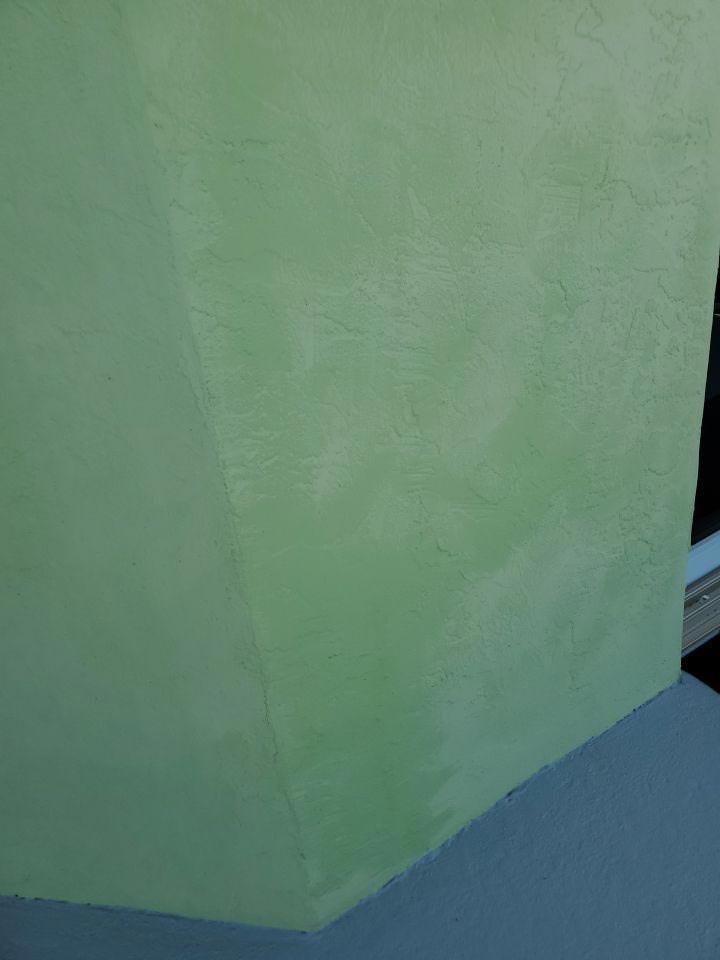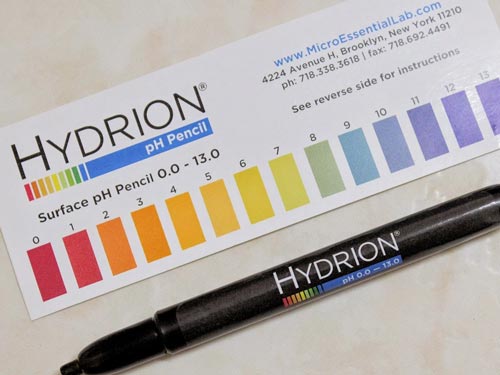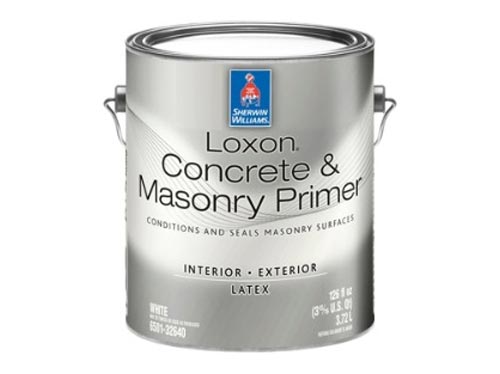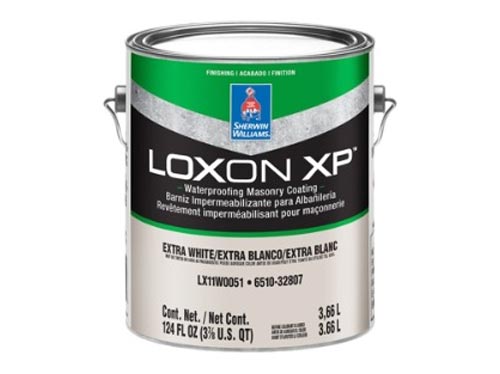Alkaline Burn (pH Burn)

I recently received a call from a potential client who wanted an estimate to apply one fresh coat of paint to his new home. He was convinced that the painters did not apply the paint correctly and all the house needed was a fresh coat of paint. His home was a new construction that was completed a year ago. When I got to the site, I noticed quite a bit of discoloration and fading in the paint finish around the entire home. Some areas were worse than others however, he was right, the house needed some attention. Oddly enough, I just finished taking a webinar on types of paint failures. Before I left the property, I was almost sure I knew what was causing the issue. So, I went back to the office to do some research just to be sure and my instincts were correct. We were dealing with alkaline burn, or pH burn.
So, what is alkaline burn? Alkaline burn occurs when the pigments in a paint begin to fade or bleach as a result of degradation of the paint film. This is often seen as a blotchiness in appearance and can be accompanied by chalkiness on the paint surface. Alkaline means acidic, or increased pH. An acidic pH is any measurement above 7 and up to 14 on the pH scale. A substrate is considered highly acidic when the pH is between 13 and 14. Substrates that become acidic are masonry, concrete, or stucco. These substrates have high alkalinity when newly installed because they contain high amounts of lime and moisture. Lime is used in masonry because it improves the applicability of the building materials. These substrates need at least 30 days to cure to allow for moisture and alkalinity to decrease before a coating system can be applied. When one of the substrates are painted while highly acidic or “hot”, alkaline burn is a risk.
Before any of the above-mentioned substrates are to receive paint, your paint contractor might want to test the pH first. A simple test using a pH pen and distilled water will determine the pH levels of the substrate on the pH scale and will help your paint contractor determine the next course of action.Another common cause of alkaline burn is trapped moisture stuck behind an existing paint film. This occurs when there are cracks in the stucco and the moisture in the stucco can only be released through the cracks. Any remaining moisture in the stucco will travel to the surface and remain trapped behind the paint. The result will be a spider web like appearance with the same characteristic blotchiness as described above.
There are products on the market that can tolerate high alkalinity to help minimize the likelihood of such a reaction. Sherwin Williams makes some very reliable products such as there Loxon Concrete and Masonry Primer and Loxon XP Paint. Be sure to have this conversation with your paint contractor or paint supplier representative to be sure you are getting the right products for the job.

A simple pH pen like this one can be purchased at your local paint store.
|

Loxon Concrete and Masonry Primer is ideal for a “hot” stucco surface.
|

Loxon XP is a multi-purpose waterproofing coating that can tolerate an elevated pH.
|
